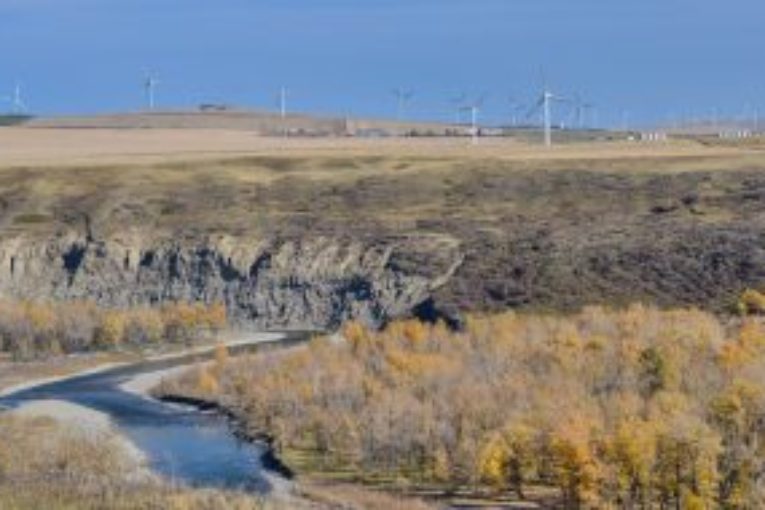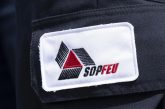
Helping landowners navigate the tricky road of renewable energy leases is the purpose of a new publication of the Alberta government.
Released in February, Negotiating Renewable Energy Leases is a guide published by the Farmers’ Advocate Office (FAO), an agency of the provincial government tasked with helping Alberta’s farmers and ranchers with surface resource rights, land and property disputes and capital investments in their operations. This guide is intended by the FAO to provide landowners with questions they should be asking of wind energy developers, along with background on why those questions are important.
The booklet came out ahead of the proclamation of Bill 27, the Renewable Electricity Act, that puts into place a framework for renewable energy regulation in Alberta. The Act became law in Dec. 2016 and established a target of at least 30 per cent of Alberta’s electricity generation coming from renewable energy, like wind energy, by 2030.
As part of meeting this target, the province intends to phase out coal-fired electricity generation and replace two thirds of it with renewable energy. This build-out of 5000 megawatts of new renewable energy will reduce carbon and other polluting emissions and attract investment that will diversify and bolster Alberta’s economy. This creates exciting opportunities for landowners – now is the time for landowners to take steps to learn more about how wind energy development can benefit them.
While many rural Alberta landowners are accustomed to natural resource leases as they relate to oil and gas extraction, there are many important differences with renewable energy. With an oil and gas build-out the ultimate result is usually a couple of pump jacks or well-heads. For wind farms, the infrastructure usually includes several commercial turbines within an area. Renewable energy leases have a unique set of rules and policies that apply throughout the life of these facilities.
Aside from regulatory and licensing differences, the guide also provides landowners with questions to ask during lease negotiations, ranging from land-use zoning, land titles, municipal regulations, property access, end-of-lease reclamation and how entering into a renewable energy lease may affect existing easements or rights-of-way.
Great things are on the horizon for western Canada’s renewable energy marketplace, and it’s heartening to see a provincial government working to assist landowners who wish to explore renewable energy opportunities and engage in land lease negotiations. The more informed stakeholders are about the land lease process early-on, the better the future looks for clean and responsible energy diversification in Alberta.
Of course, prudence and due diligence are always important in any legally-binding contract. That is why the Alberta government’s Negotiating Renewable Energy Leases guide is a good place for landowners to find out more about the process.
More importantly, this initiative facilitates greater access to, and participation by, Alberta’s landowners in the opportunities associated with the province’s green energy future. Just as the west was built by the homesteaders and pioneers of old, today’s farmers, ranchers and other landowners will play a critical role in building Alberta’s clean energy future through innovative and responsible land stewardship.
CanWEA looks forward to working with the Farmers’ Advocate Office to ensure that landowners are well informed and party to equitable and fair agreements between landowners and industry.
Workshops facilitated by the office are in the works for southern Alberta later this month, sessions we plan on attending. For information on these sessions visit the Alberta Agriculture and Forestry website.
You can read more of the news on source



